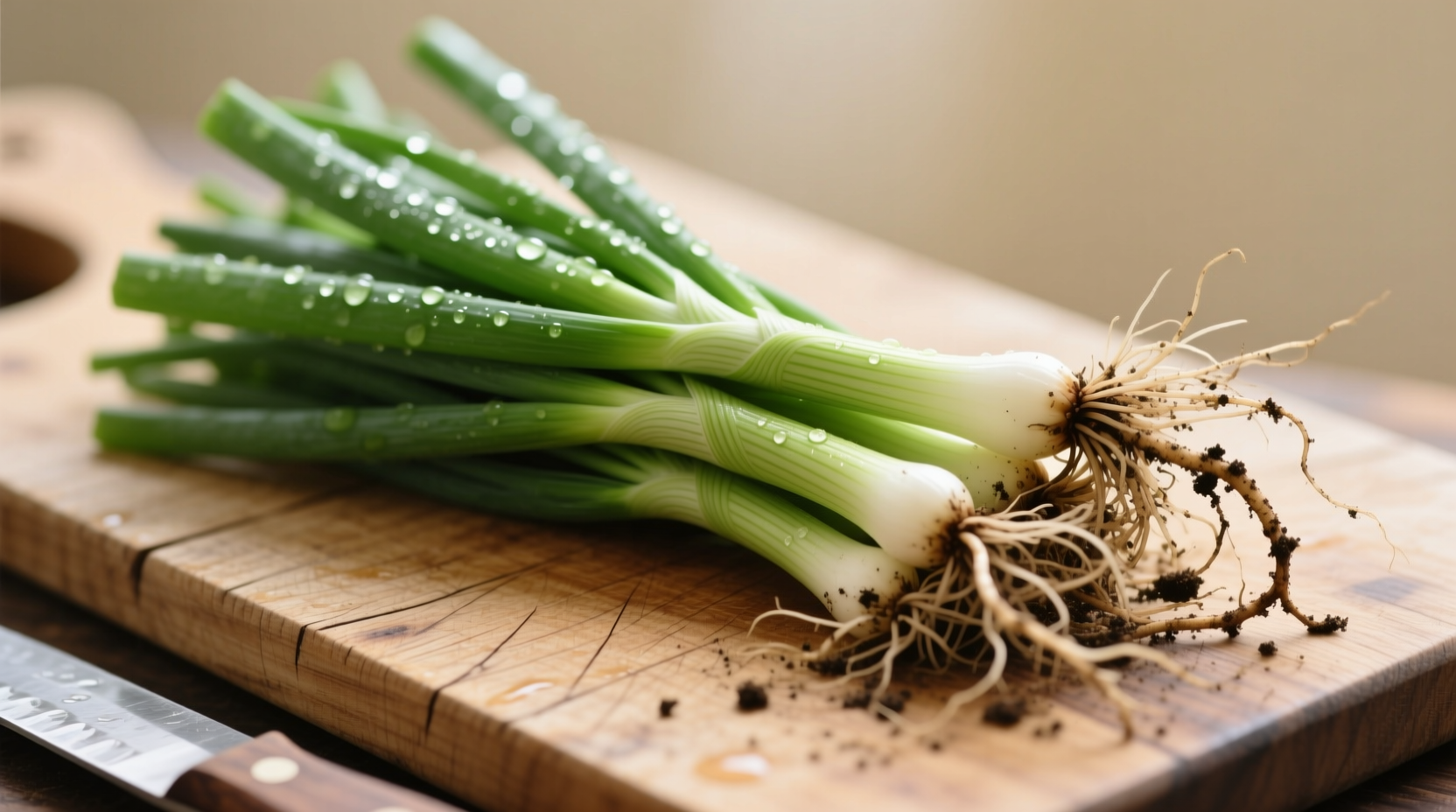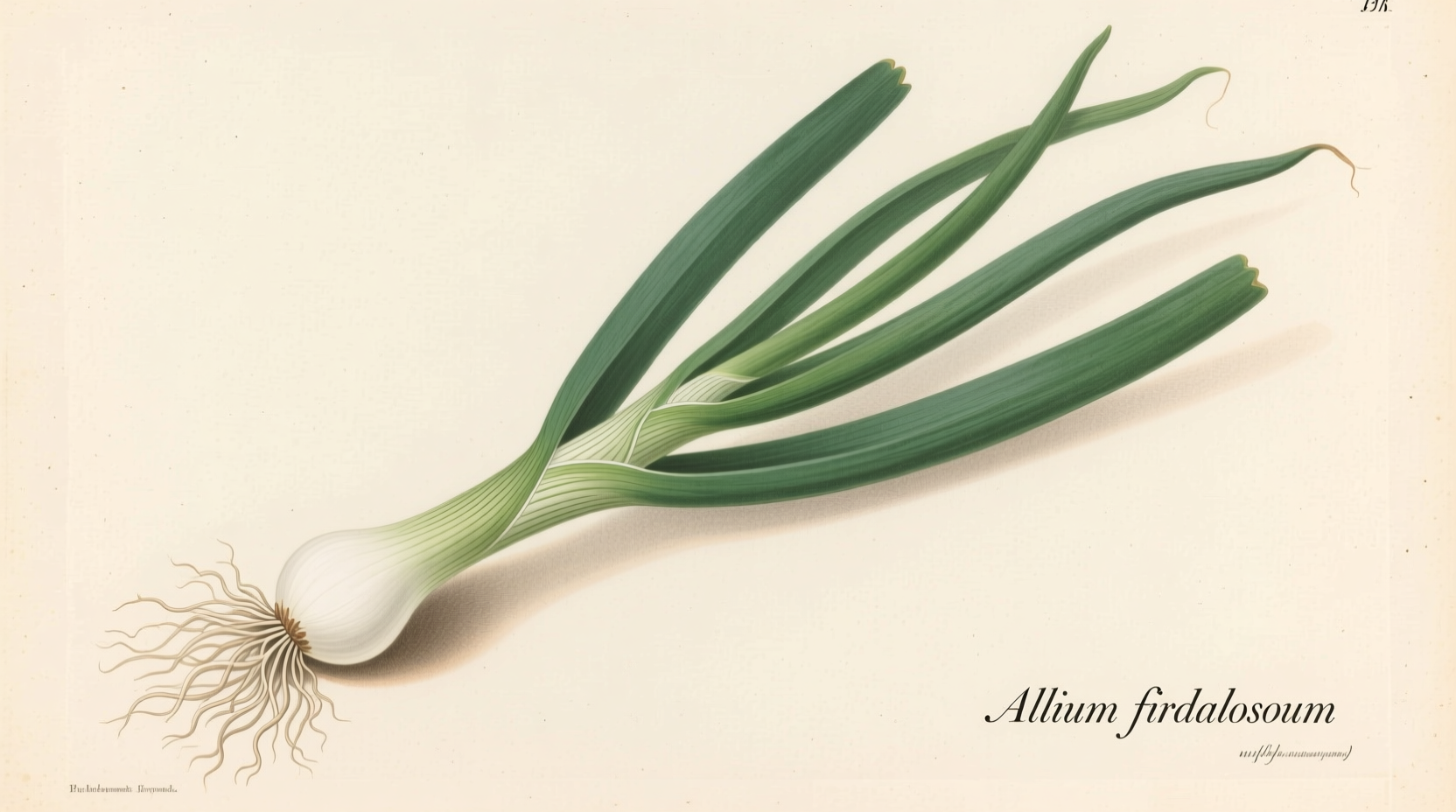Clearing Up the Confusion: One Vegetable, Two Names
When you reach for that vibrant, slender vegetable with white roots and green stalks at the grocery store, you might wonder: are green onions and scallions different? The straightforward answer is no—they’re identical. This confusion stems purely from regional language variations rather than any botanical distinction.
| Region | Common Term | Less Common Term |
|---|---|---|
| Northern & Western US | Green onion | Scallion |
| Southern US | Scallion | Green onion |
| Canada & UK | Spring onion | Scallion |
| Professional Kitchens | Scallion | Green onion |
This green onion scallion terminology comparison reflects how language evolves differently across regions while describing the same Allium fistulosum plant. Unlike spring onions (which have a small bulb), true scallions/green onions never develop a significant bulb—they’re harvested young with just a slight swelling at the base.
How to Identify Quality Green Onions at the Store
When selecting fresh scallions for cooking, look for these characteristics:
- Vibrant green color without yellowing or wilting
- Firm, crisp stalks that snap when bent
- Moist white roots (indicates recent harvest) Minimal browning at cut ends
Avoid specimens with slimy texture or strong odors, which indicate spoilage. According to USDA food safety guidelines, proper selection prevents food waste and ensures optimal flavor in your dishes.

Maximizing Flavor: Culinary Applications
The difference between green onions and scallions disappears completely once you start cooking. Both terms refer to the same ingredient that brings distinct flavor profiles depending on which part you use:
- White base: More pungent, ideal for sautéing as foundation flavor
- Green tops: Milder, perfect for garnishing finished dishes
- Whole stalk: Balanced flavor for stir-fries and salads
Chef Thomas Keller’s Ad Hoc at Home cookbook confirms that professional kitchens universally treat these as identical ingredients. When a recipe calls for one term but you only have the other, green onion substitution requires no adjustments.
Nutritional Benefits You Should Know
Whether you call them green onions or scallions, this versatile ingredient delivers impressive nutritional value per 100g serving according to USDA FoodData Central:
- 120% of daily vitamin K (essential for blood clotting)
- 30% of vitamin C (immune support)
- Significant vitamin A (vision health)
- Only 32 calories per serving
These health benefits of scallions make them valuable additions to any diet. Unlike stronger alliums, they provide flavor without overwhelming digestive systems, making them suitable for sensitive eaters.
Proper Storage Techniques for Maximum Freshness
Extend the shelf life of your fresh green onions with these evidence-based storage methods from FDA food safety recommendations:
- Refrigerator method: Trim roots, place in jar with 1” water, cover with plastic bag (lasts 10-14 days)
- Freezing option: Chop and freeze in oil for cooking applications (6 months)
- Avoid storing in sealed plastic bags (traps moisture causing spoilage)
Revive slightly wilted scallions by soaking in ice water for 15 minutes. This simple technique restores crispness through osmotic pressure—a principle documented in food science research at Cornell University’s Food and Brand Lab.
When Substitutions Become Necessary
If you’re out of green onions for recipes, consider these alternatives based on flavor profile needs:
- Mild option: Chives (use 2x quantity, only green parts)
- Stronger flavor: Thinly sliced red onion (use 1/2 quantity)
- Emergency substitute: Onion powder (1/8 tsp = 1 stalk)
Remember that leeks make poor substitutes due to their significantly different texture and cooking properties. For authentic scallion pancake recipes or Asian dishes, maintaining the proper allium variety matters for traditional flavor balance.
Common Questions Answered
Understanding these fundamentals helps you navigate recipes and grocery shopping with confidence. Whether you’re preparing scallion stir fry or garnishing soup, knowing you’re working with one versatile ingredient—regardless of what label it wears—simplifies your cooking process.











 浙公网安备
33010002000092号
浙公网安备
33010002000092号 浙B2-20120091-4
浙B2-20120091-4